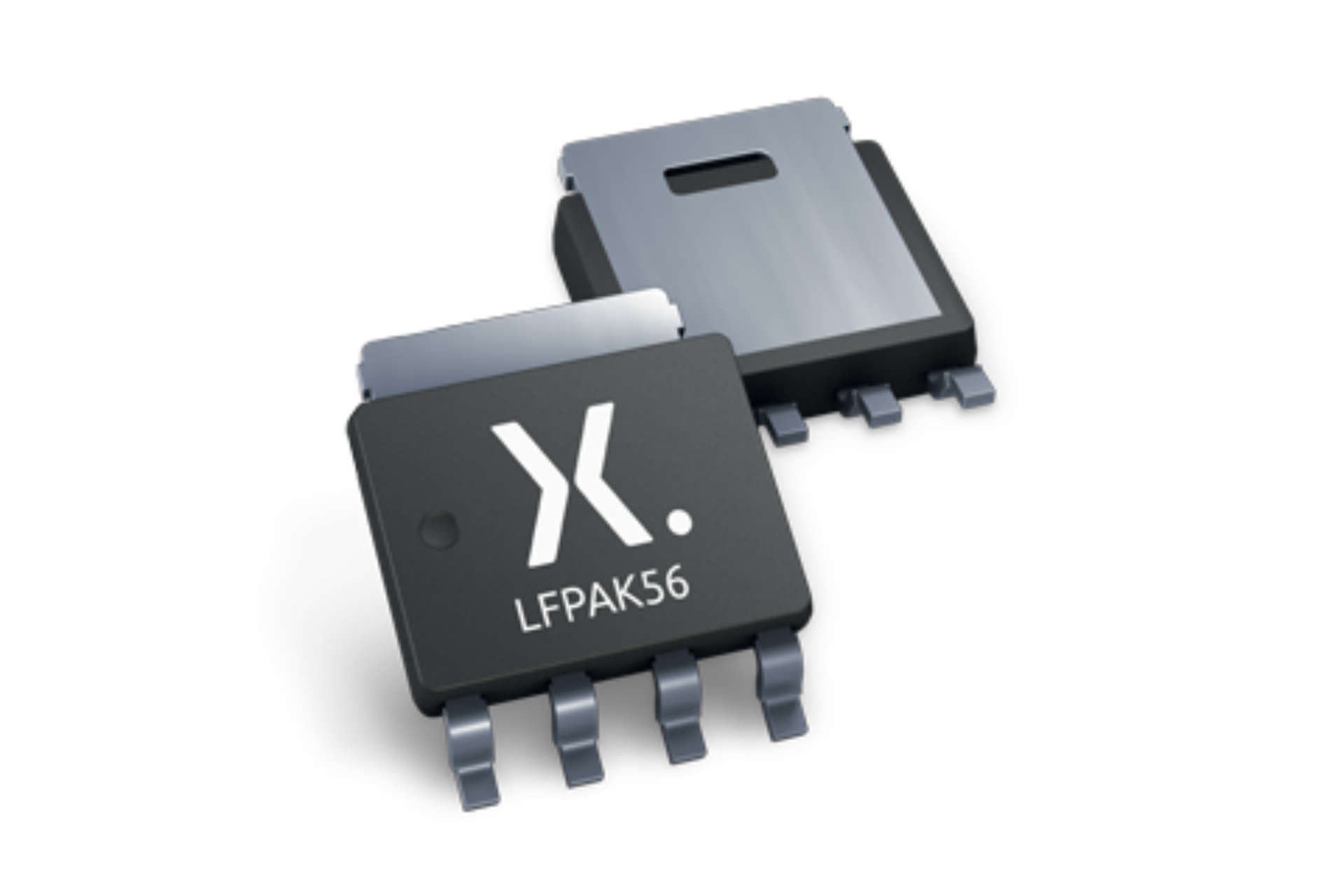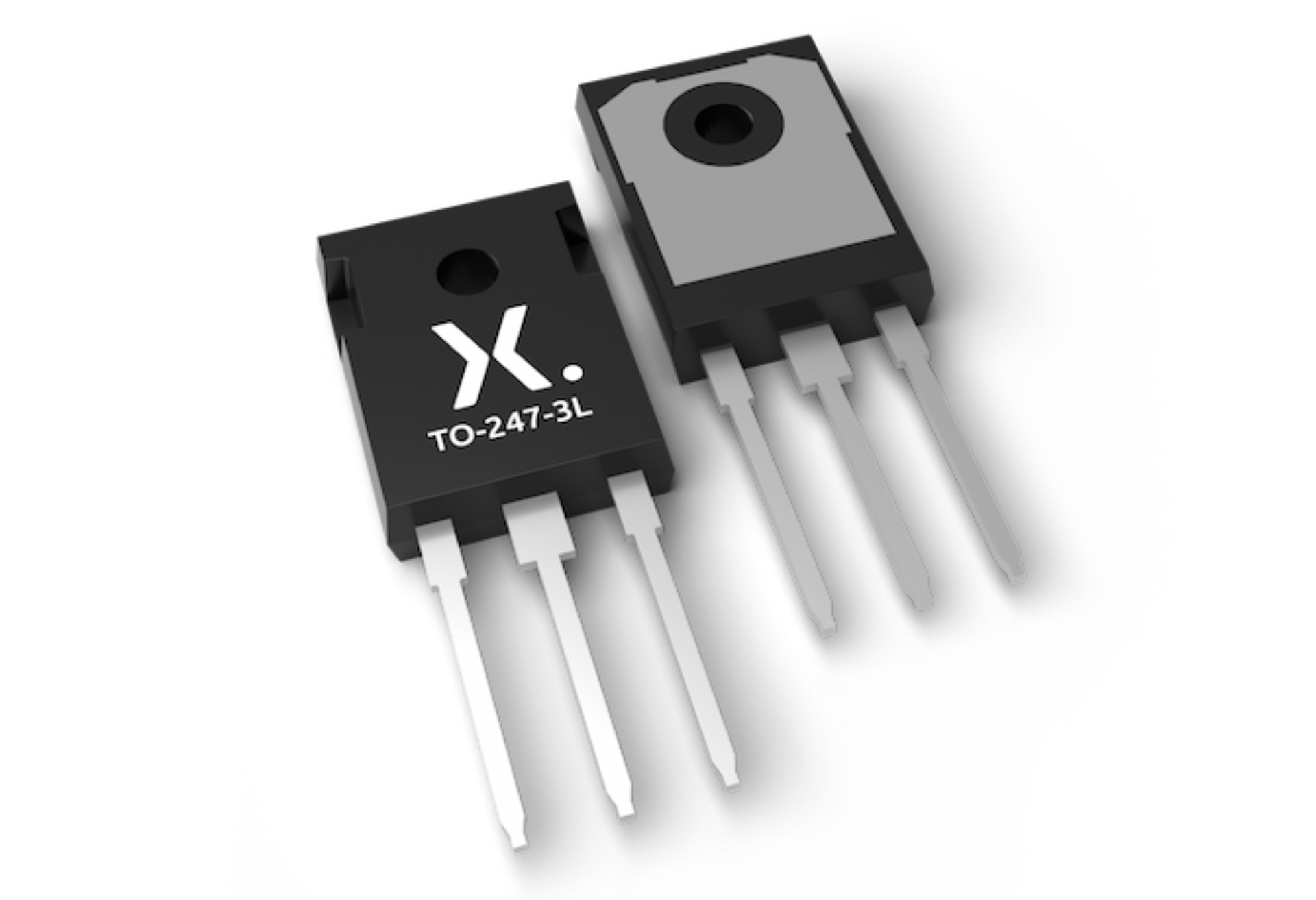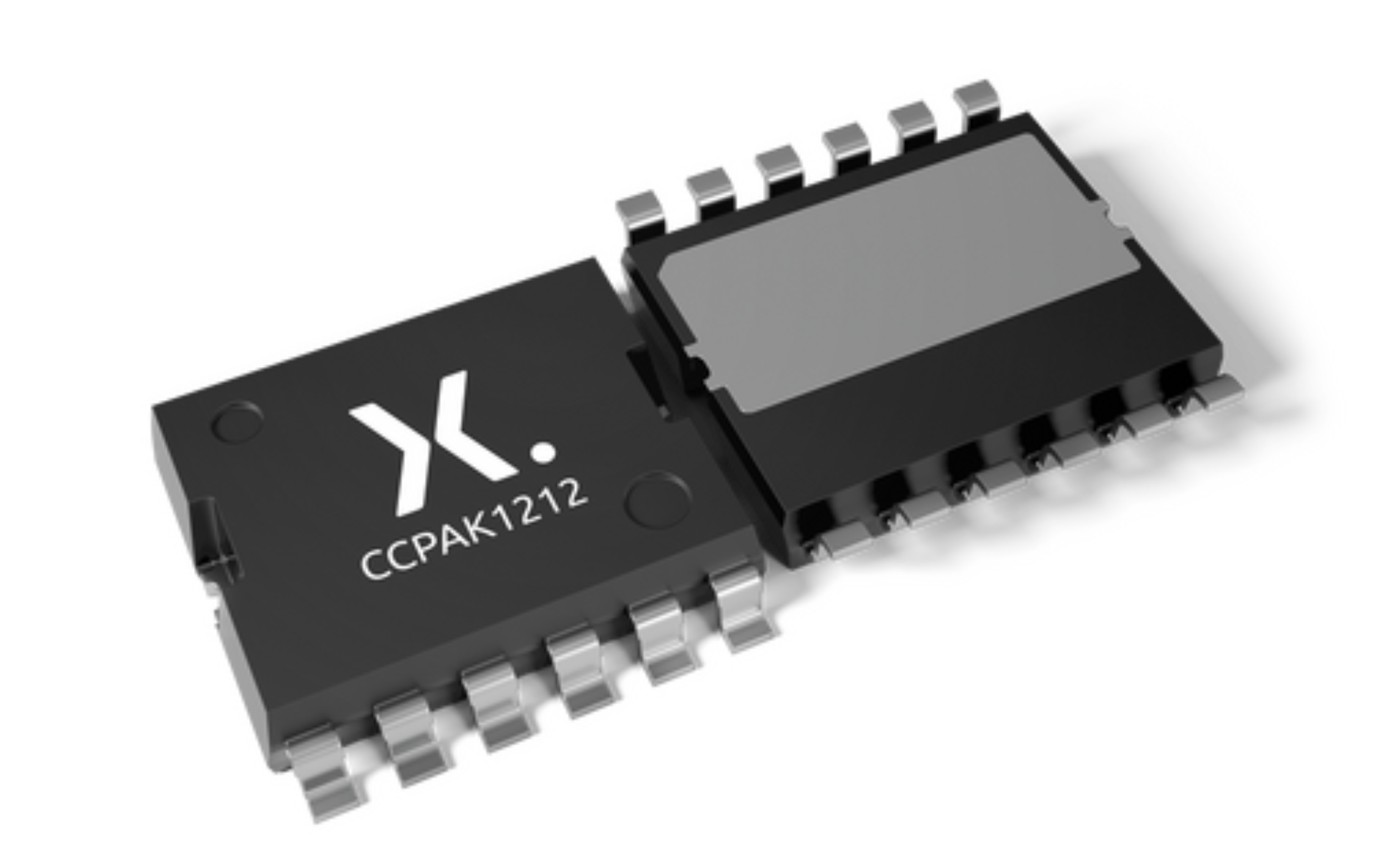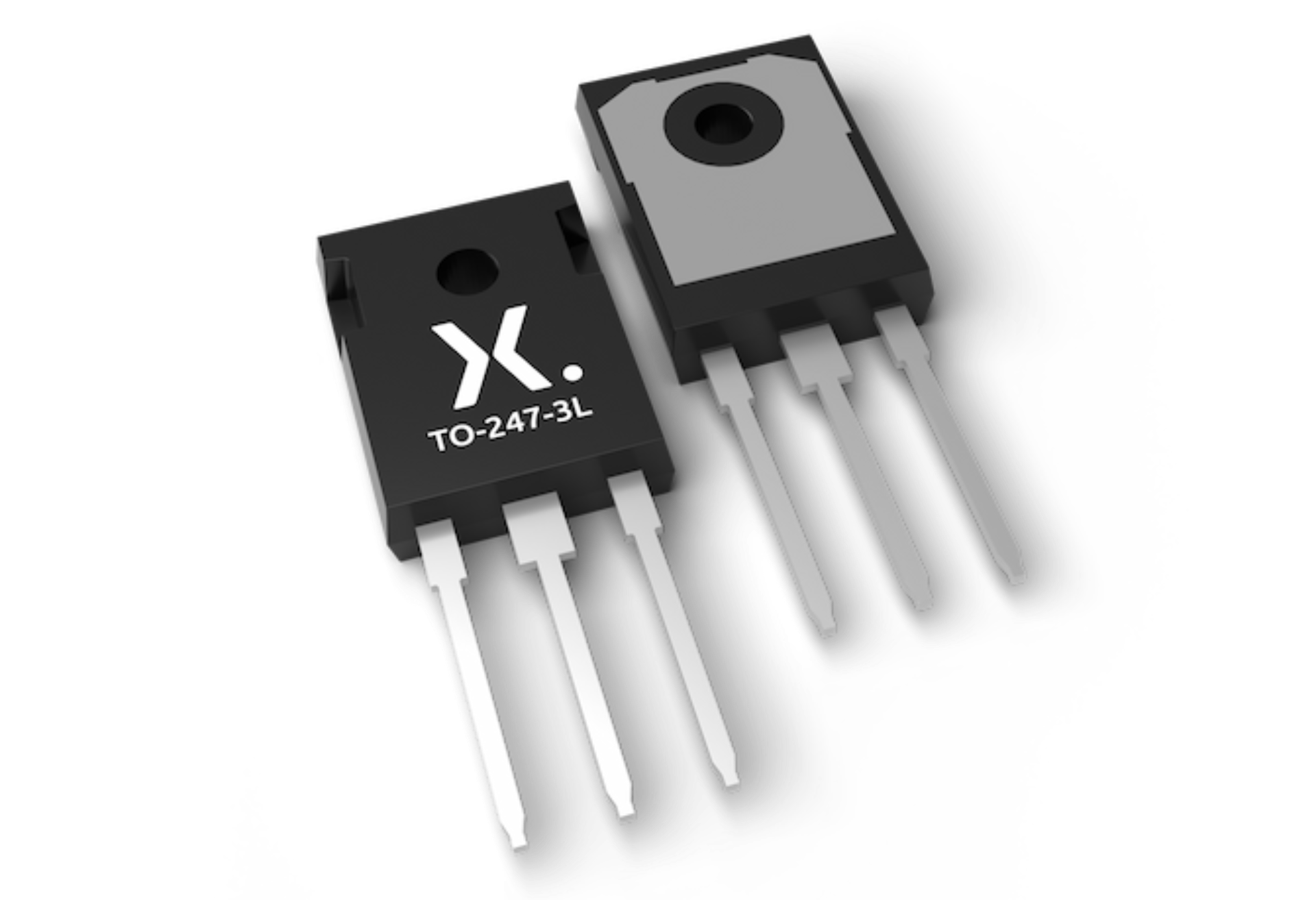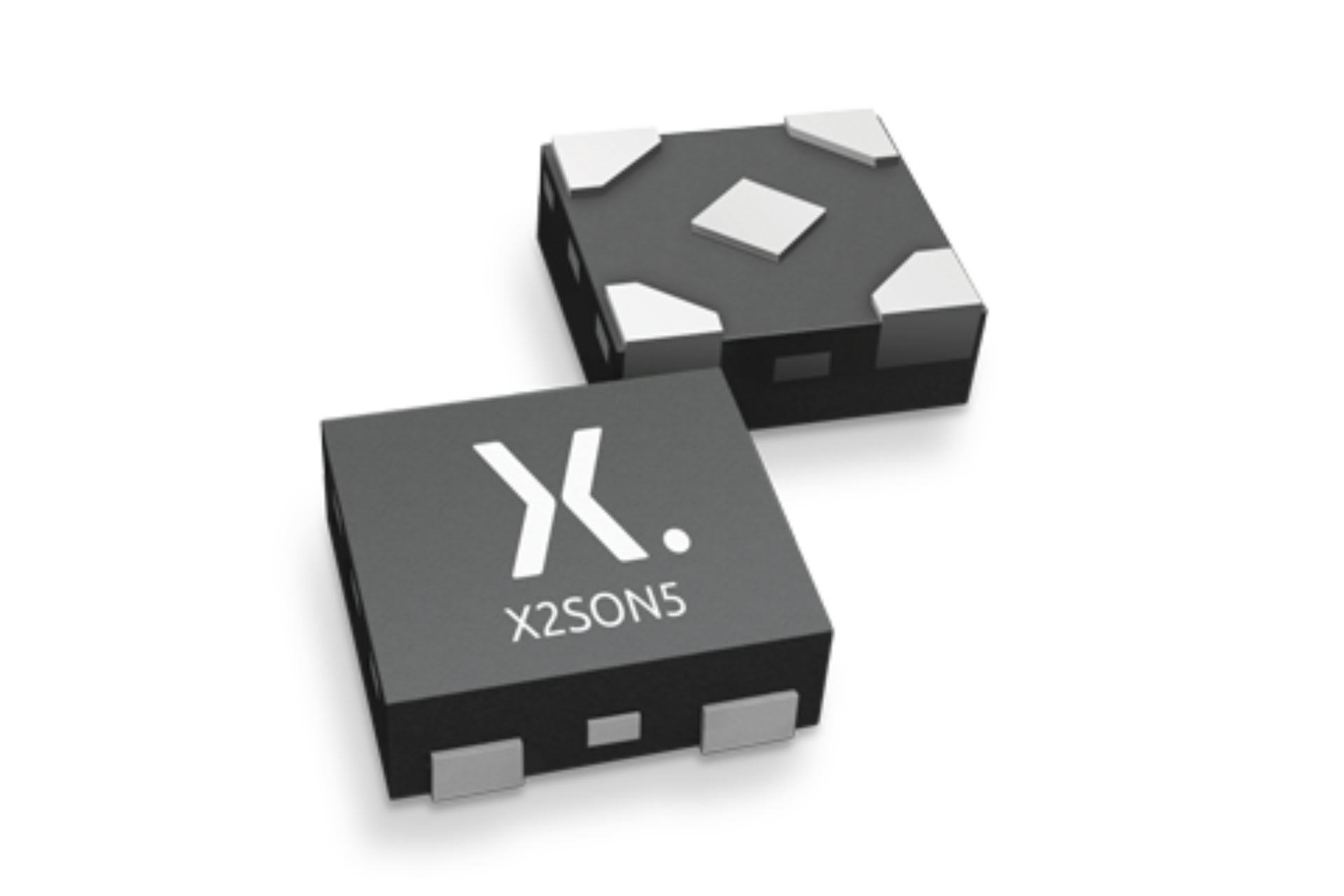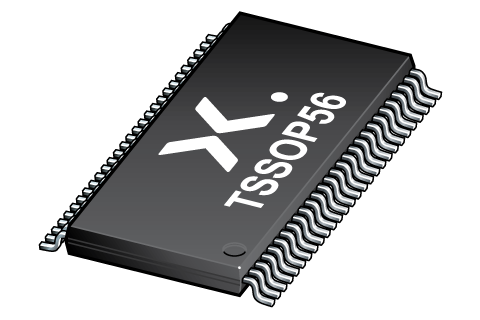
Register once, drag and drop ECAD models into your CAD tool and speed up your design.
Click here for more information74ALVT16543DGG
2.5 V/3.3 V ALVT 16-bit registered transceiver (3-state)
The 74ALVT16543 is a high-performance BiCMOS product designed for VCC operation at 2.5 V or 3.3 V with I/O compatibility up to 5 V. The device can be used as two 8-bit transceivers or one 16-bit transceiver.
The 74ALVT16543 contains two sets of eight D-type latches, with separate control pins for each set. Using data flow from A to B as an example, when the A-to-B Enable (nEAB) input and the A-to-B Latch Enable (nLEAB) input are LOW, the A-to-B path is transparent.
A subsequent LOW-to-HIGH transition of the nLEAB signal puts the A data into the latches where it is stored and the B outputs no longer change with the A inputs. With nEAB and nOEAB both LOW, the 3-State B output buffers are active and display the data present at the outputs of the A latches.
Control of data flow from B to A is similar, but using the nEBA, nLEBA, and nOEBA inputs.
Active bus-hold circuitry is provided to hold unused or floating data inputs at a valid logic level.
Features and benefits
- 16-bit universal bus interface
- 5 V I/O Compatible
- 3-State buffers
- Output capability: +64 mA/-32 mA
- TTL input and output switching levels
- Input and output interface capability to systems at 5 V supply
- Bus-hold data inputs eliminate the need for external pull-up resistors to hold unused inputs
- Live insertion/extraction permitted
- Power-up 3-State
- Power-up reset
- No bus current loading when output is tied to 5 V bus
- Latch-up protection exceeds 500mA per JEDEC Std 17
- ESD protection exceeds 2000 V per MIL STD 883 Method 3015 and 200 V per Machine Model
Applications
Parametrics
| Type number | Package name |
|---|---|
| 74ALVT16543DGG | TSSOP56 |
Package
All type numbers in the table below are discontinued.
| Type number | Orderable part number, (Ordering code (12NC)) | Status | Marking | Package | Package information | Reflow-/Wave soldering | Packing |
|---|---|---|---|---|---|---|---|
| 74ALVT16543DGG | 74ALVT16543DGG,112 (935209940112) |
Obsolete | ALVT16543 Standard Procedure Standard Procedure |

TSSOP56 (SOT364-1) |
SOT364-1 |
SSOP-TSSOP-VSO-WAVE
|
Not available |
| 74ALVT16543DGG,118 (935209940118) |
Obsolete | ALVT16543 Standard Procedure Standard Procedure | SOT364-1_118 | ||||
| 74ALVT16543DGGS (935209940512) |
Obsolete | ALVT16543 Standard Procedure Standard Procedure | Not available | ||||
| 74ALVT16543DGGY (935209940518) |
Obsolete | ALVT16543 Standard Procedure Standard Procedure | Not available |
Environmental information
All type numbers in the table below are discontinued.
Series
Documentation (8)
| File name | Title | Type | Date |
|---|---|---|---|
| 74ALVT16543 | 2.5 V/3.3 V ALVT 16-bit registered transceiver (3-state) | Data sheet | 2004-09-13 |
| AN90063 | Questions about package outline drawings | Application note | 2025-10-22 |
| SOT364-1 | 3D model for products with SOT364-1 package | Design support | 2020-01-22 |
| alvt16543 | alvt16543 IBIS model | IBIS model | 2013-04-08 |
| Nexperia_package_poster | Nexperia package poster | Leaflet | 2020-05-15 |
| SOT364-1 | plastic, thin shrink small outline package; 56 leads; 0.5 mm pitch; 14 mm x 6.1 mm x 1.2 mm body | Package information | 2022-06-23 |
| alvt16 | alvt16 Spice model | SPICE model | 2013-05-07 |
| SSOP-TSSOP-VSO-WAVE | Footprint for wave soldering | Wave soldering | 2009-10-08 |
Support
If you are in need of design/technical support, let us know and fill in the answer form we'll get back to you shortly.
Longevity
The Nexperia Longevity Program is aimed to provide our customers information from time to time about the expected time that our products can be ordered. The NLP is reviewed and updated regularly by our Executive Management Team. View our longevity program here.
How does it work?
The interactive datasheets are based on the Nexperia MOSFET precision electrothermal models. With our interactive datasheets you can simply specify your own conditions interactively. Start by changing the values of the conditions. You can do this by using the sliders in the condition fields. By dragging the sliders you will see how the MOSFET will perform at the new conditions set.



